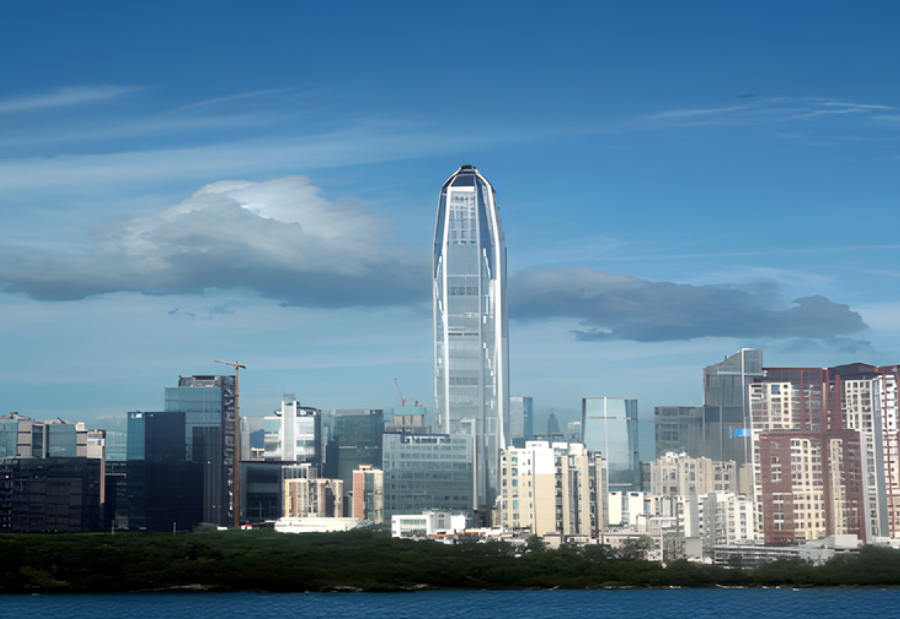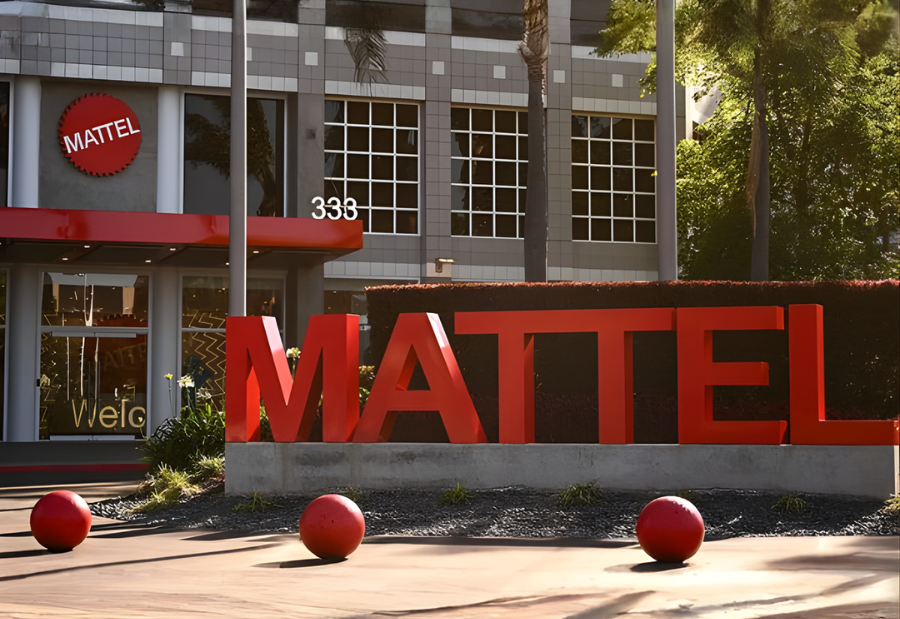In China’s biggest cities, delivery workers are dealing with a growing challenge that appears only after they enter the building. As residential towers reach 60, 70 or even 100 floors, the final stretch of a delivery often takes more time than the entire journey across the city. This has led to the rise of a new informal workforce that steps in to complete the climb that delivery riders cannot afford to make.
In cities like Shenzhen, where hundreds of skyscrapers cross the 150 meter mark, couriers now hand off meals and packages to workers known locally as last mile climbers. These workers rush through complex elevator zones, security checkpoints and confusing service corridors so that the original rider can meet strict delivery targets. This system has grown out of necessity, revealing a deep mismatch between towering architecture and everyday logistics.
Shenzhen alone has more than two hundred super tall buildings, many housing thousands of residents who rely heavily on food and grocery delivery. Yet these buildings are designed for height and appearance rather than daily service access. Elevators serve different zones, access rules vary widely and the interiors can be difficult to navigate even for residents.
Reports show that couriers often spend thirty to forty minutes inside a single tower. Many now pay younger runners a few yuan per order to complete the final vertical stretch. These workers operate without contracts or formal recognition, filling a gap that the system fails to address.
The problem reflects larger issues in modern urban design. Studies show that inefficient internal layouts in tall towers can triple delivery time compared to mid rise buildings. Urban design experts say developers build for height and branding, not for the movement of workers and services. As a result, dense vertical cities have become difficult environments for the people who keep them running.
The pressures are intensified by platform algorithms that drive China’s vast food delivery market. More than ten million riders work in the sector and hundreds of millions of consumers place orders every day. The systems do not factor in the time required to reach upper floors. Once a workers enters the lobby, the algorithm assumes the delivery is complete.
Although companies have promised improvements after public criticism, researchers say the pressure for speed remains unchanged. Many riders work over twelve hours a day and admit to taking risks to avoid penalties.
The rise of vertical couriers offers a glimpse into how gig work interacts with rapid urban growth. It highlights the strain created when cities reach upward faster than systems can adapt.
Also read: Viksit Workforce for a Viksit Bharat
Do Follow: The Mainstream formerly known as CIO News LinkedIn Account | The Mainstream formerly known as CIO News Facebook | The Mainstream formerly known as CIO News Youtube | The Mainstream formerly known as CIO News Twitter
About us:
The Mainstream formerly known as CIO News is a premier platform dedicated to delivering latest news, updates, and insights from the tech industry. With its strong foundation of intellectual property and thought leadership, the platform is well-positioned to stay ahead of the curve and lead conversations about how technology shapes our world. From its early days as CIO News to its rebranding as The Mainstream on November 28, 2024, it has been expanding its global reach, targeting key markets in the Middle East & Africa, ASEAN, the USA, and the UK. The Mainstream is a vision to put technology at the center of every conversation, inspiring professionals and organizations to embrace the future of tech.




